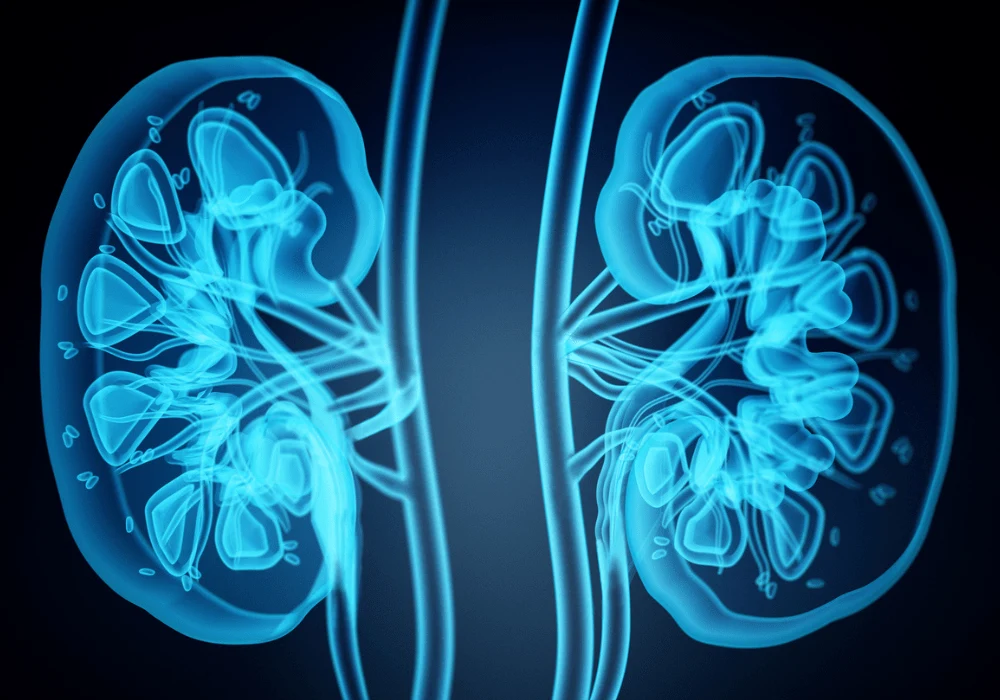Renal imaging plays a crucial role in diagnosing and monitoring kidney health. Traditionally, manual CT segmentation and ultrasound imaging have been used to measure kidney dimensions and volumes. However, these techniques are prone to observer variability and are time-consuming. Recent advancements in deep learning offer a promising alternative by automating segmentation tasks and providing reliable quantitative measurements.
Challenges in Manual and Traditional Imaging Methods
Kidney volume, length, width, and thickness are essential measurements in assessing renal health, especially for potential donors and patients with kidney disease. Ultrasound is often preferred due to its noninvasive nature, but its reliance on two-dimensional images limits its accuracy. Moreover, ultrasound requires geometric assumptions that may not reflect true kidney morphology, making computed tomography (CT) a more reliable alternative. Despite the accuracy of CT, manual segmentation is labour-intensive and varies significantly between different observers, which leads to inconsistent results.
These limitations underline the need for more advanced methods, and this is where deep learning technologies enter the picture. While traditional approaches to kidney segmentation and measurement might involve assumptions about kidney shapes or laborious manual work, deep learning models can deliver more accurate and consistent results, using three-dimensional CT images to compute renal metrics automatically.
Role of Deep Learning in Renal Imaging
Deep learning models, particularly convolutional neural networks (CNNs) like the 3D U-Net, have demonstrated impressive capabilities in automating kidney segmentation. These models use annotated CT scans to learn how to identify the kidney and separate it from surrounding tissues accurately. This process allows the model to quantify kidney dimensions and volumes at a level comparable to that of manual annotations performed by experienced radiologists.
In the study discussed, two distinct deep-learning models were trained to handle both contrast-enhanced (CE) and non-contrast (NC) CT images. The results from these models were promising, with both models achieving high Dice similarity coefficients, a measure of segmentation accuracy. Notably, the model’s accuracy was not only tested on routine CE images but also validated on more challenging datasets, including images obtained with a photon-counting CT (PCCT) scanner and low-dose CT images. This indicates the robustness of the deep learning models in varying clinical settings, showcasing their potential to perform reliably under diverse conditions.
Benefits of Deep Learning in Renal CT Imaging
One of the main advantages of using deep learning in renal imaging is the significant reduction in time and labour. The time required for manual segmentation, especially for radiologists, is drastically reduced, allowing them to focus on other critical diagnostic tasks. The deep learning models in the study were able to calculate kidney volumes and axes (length, width, and thickness) in a fraction of the time, with comparable accuracy to manual methods.
Additionally, the study highlights the model’s ability to work with both CE and NC CT scans, addressing a significant clinical challenge. In real-world scenarios, patients with compromised kidney function often cannot undergo contrast-enhanced imaging due to the risks associated with contrast agents. Therefore, the ability to provide accurate measurements from NC images expands the model’s utility across a broader range of clinical cases, including those involving patients with renal impairment.
Deep learning models also showed excellent consistency and reliability when tested against different sets of images, including those with low-dose CT and PCCT, reaffirming their adaptability to varied clinical environments. Furthermore, the automated process reduces the variability between observers, offering consistent results irrespective of the radiologist performing the task.
Deep learning has the potential to transform renal imaging, automating kidney segmentation and providing accurate, reliable measurements from CT images. These models enhance clinical efficiency and decision-making by reducing manual workload and eliminating observer variability. Future research should focus on expanding the model’s training datasets to include more diverse patient populations and investigating the performance of these models on pathological kidneys, ensuring they generalise well to real-world clinical settings.
Integrating deep learning in renal imaging marks a significant step toward more precise, automated, and accessible diagnostic tools, offering new possibilities for the early detection and management of kidney diseases.
Source: European Radiology Experimental
Image Credit: iStock






